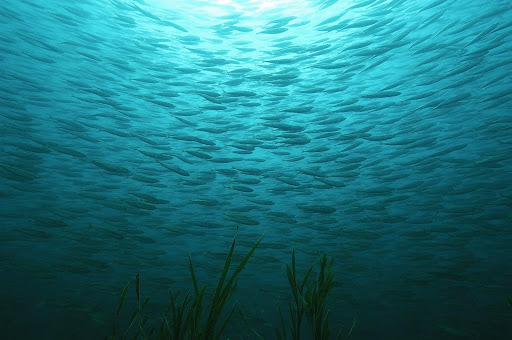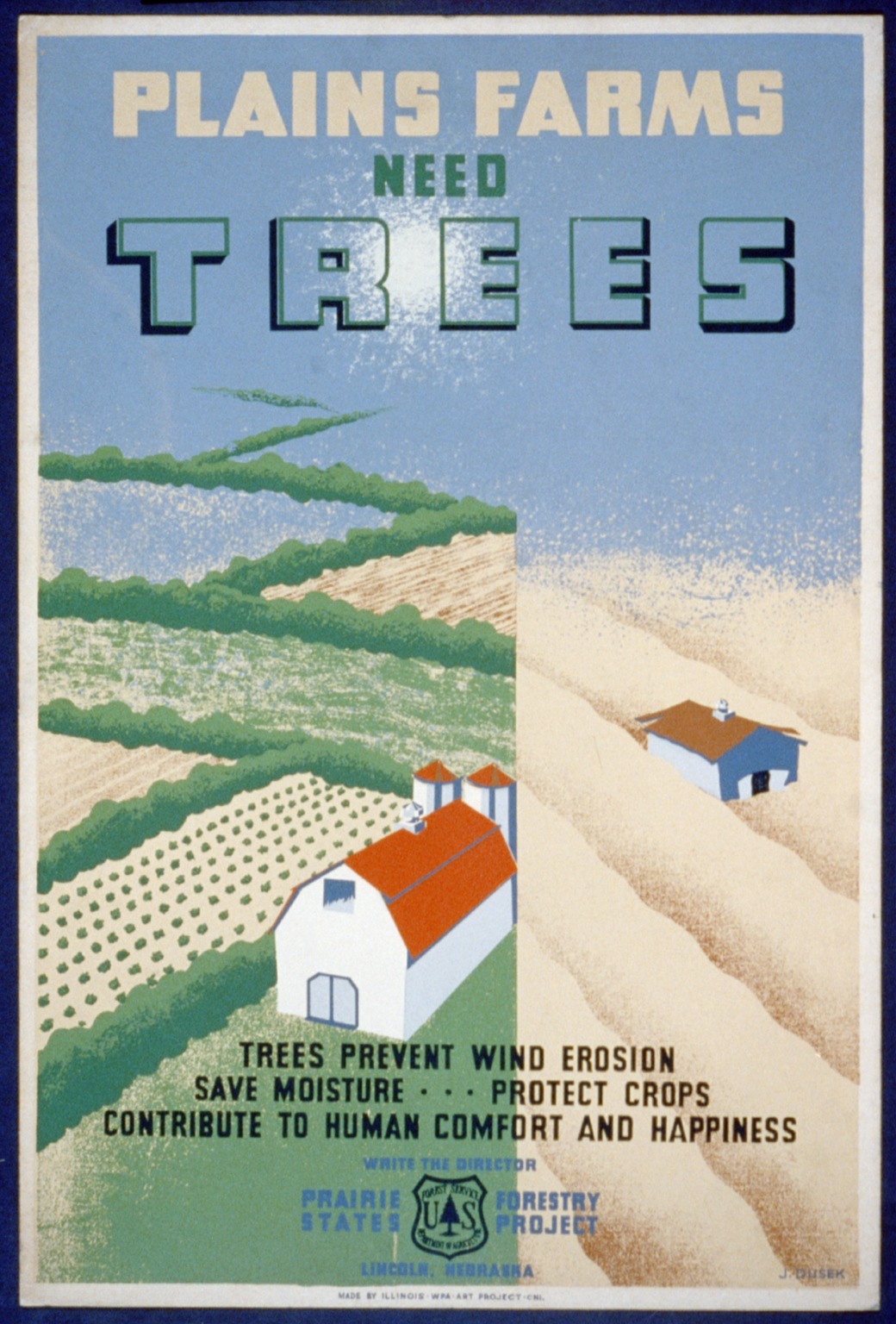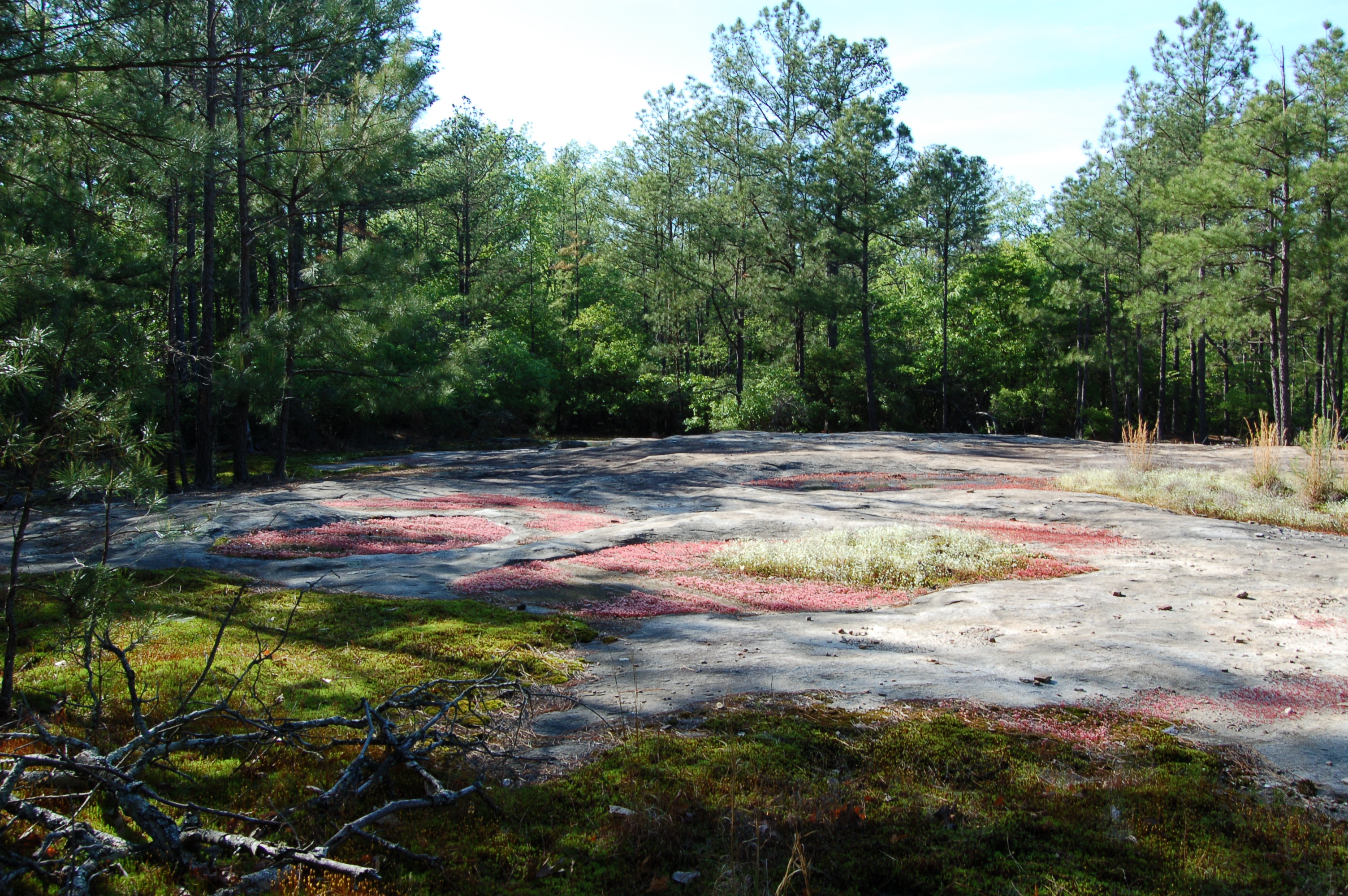
Going full worm: an exploration of Shai-hulud and its parallels to the real worms on Earth
Shai-hulud, or the giant sandworm, exists in Dune both as a mode of transportation, a generator of spice, and a key player in the ecological niche of Arrakkis. In the book by Frank Herbert and the movie adaptation (Dune part 1 2021 and Dune part 2 2024 directed by Denis Villenueve), the sandworm plays a











